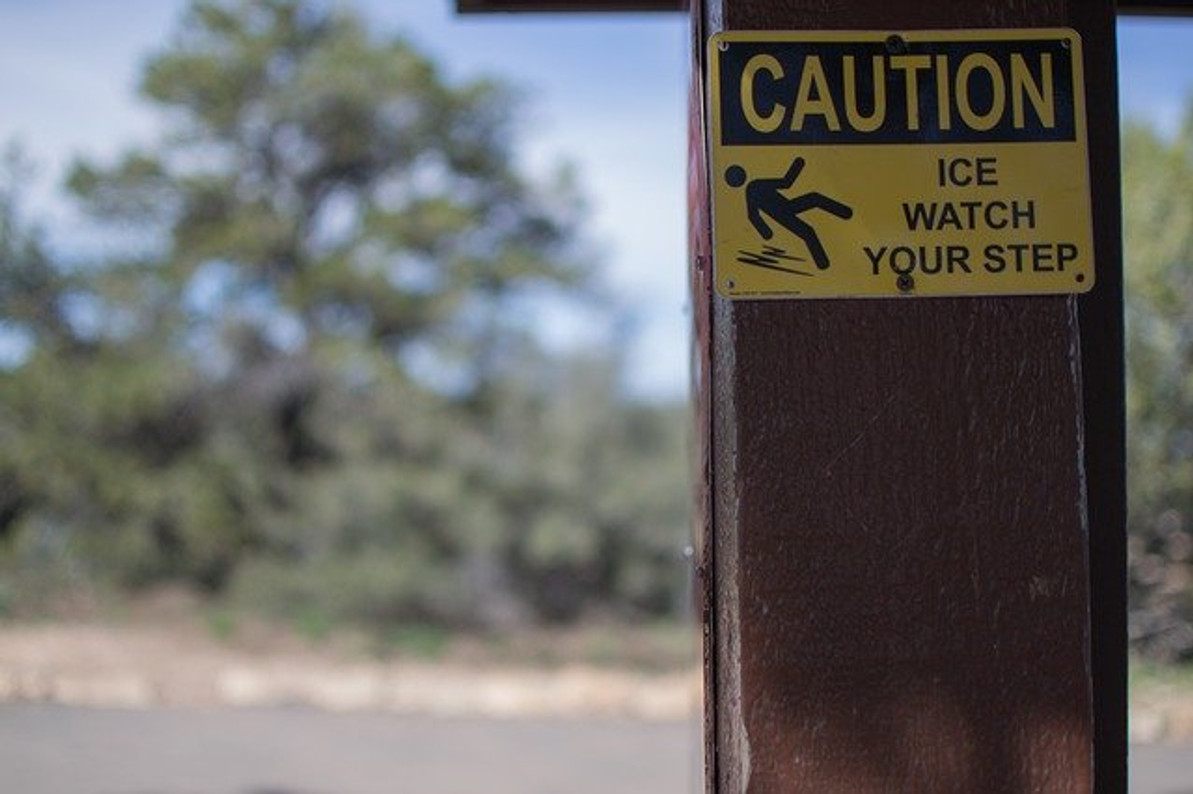Slip-and-Fall Injuries in the Workplace: What You Should Know
Slip-and-fall injuries are a common occurrence in the workplace. According to the U.S. Centers for Disease Control and Prevention (CDC), over one-quarter of all nonfatal work-related injuries involve a slip-and-fall accident. Workers can lose their footing in all types of workplaces. Therefore, it's important for employers and managers to take precautions to lower the risk of slip-and-fall injuries.
Increase Lighting
Lighting can help protect workers from slip-and-fall injuries by illuminating the surrounding space. If a worker is unable to see clearly due to poor or nonexistent lighting, he or she may slip and fall. Whether it's an indoor or outdoor workplace, lighting allows workers to see more clearly so that they don't accidentally slip and fall on an object.
Install Handrails
While not required in all areas, handrails can prove useful in lowering the risk of slip-and-fall accidents in the workplace. Stairs and ramps, for example, will benefit from the use of handrails. With handrails attached to the side, workers can maintain their balance while climbing the stairs or ramps.
Add Warning Signs to Hazardous Areas
In hazardous areas where there's a high risk of slip-and-fall injuries, such as concrete or otherwise flat floors, you should use warning signs denoting the risk of slip-and-fall injuries to workers. Workers are typically busy performing their regular duties, so they may overlook a hazardous area. With proper signage, however, workers are more likely to use caution when traversing an otherwise hazardous area.
Install Nonslip Mats
In addition to warning signs, you can lower the risk of slip-and-fall injuries in your workplace by installing nonslip mats in hazardous areas. Nonslip mats, of course, are designed to create a safe walking space by protecting against slippage.
Clean Spilled Liquids
You can't expect to create a safe workplace unless you clean all spilled liquids as soon as they occur. Whether it's oil, grease, cleaning solutions or even water, spilled liquids pose a serious risk for slip-and-fall injuries. If a worker unknowingly steps on a spill, he or she could fall. Therefore, you should clean spilled liquids in your workplace to protect against slip-and-fall injuries.
Beware of Cords
Slip-and-fall injuries in the workplace are often attributed to loose cords. Nearly all modern workplaces use electrical devices. Even in the construction industry, power tools are regularly connected to electrical outlets on a wall or a power generator. If you're going to use cords in your workplace, though, you should run them along the perimeter of walls so that the workers won't trip over them.
Recent Posts
-
Fire Safety in the Workplace: What You Need to Know
What steps are you taking to prevent fires in your workplace? According to the U.S. Occupational Saf …Aug 23rd 2023 -
Is It Safe to Go Jogging With a Cold Infection?
If you're suffering from a cold infection, you might be wondering whether it's safe to go jogging. T …Aug 22nd 2023 -
5 Safety Tips to Follow When Using a Powder-Actuated Tool
Powder-actuated tools are commonly used to join materials to steel and concrete. Also known as Hilti …Aug 20th 2023




